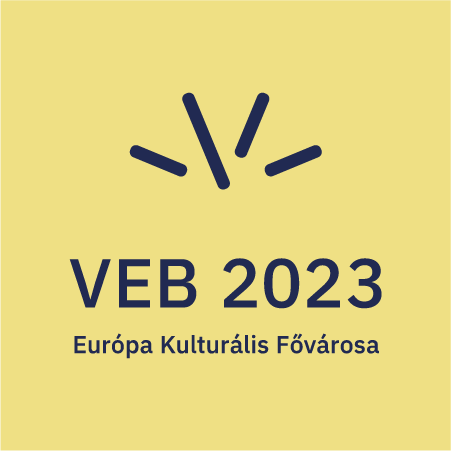
Zsuzsanna Ládonyi PhD, is a social politician, coach, associate professor. She has been teaching mainly in social work MA and BA courses for almost two decades at the Semmelweis University, Institute of Mental Health and now at the Archiepiscopal College of Veszprém. Zsuszanna is committed to supporting people to help themselves and to promoting innovative social solutions. Besides her teaching and research work, it is important for her to practice, to initiate more direct social interventions, through which she is able to use her professional knowledge, creativity and relational capital in mental health approach. As the idea developer and project manager of the project “Finding a Home in Art”, funded by the VEB2023 European Capital of Culture, she has managed to link art and social assistance and social inclusion. Art therapy – homelessness – exhibitions – museum education – media publicity – lecture/workshop… all these are the “Finding a Home in Art” project.
From the Periphery to the Centre – changed-dimensions generated by the “Finding a Home in Art” project
In the framework of our project “Finding a Home in Art”, supported by the VEB2023 European Capital of Culture, we called culture and the visual arts to help us to initiate a psychological and social shift towards development in the life of people who are homeless and living on the peripheries. Using the Katarzis Complex Art Therapy method, Ágnes Quirin (complex art therapist) accompanied the residents of the Veszprém House of Inclusion of the Hungarian Charity Service of the Order of Malta (Magyar Máltai Szeretetszolgálat) for 15 weeks on this unusual healing journey. The results of the creative process, the watercolour and pastel paintings, ceramics and artistic photographs of the creative process (the works of Ferenc Ládonyi) were presented at several exhibitions. We organised museum pedagogical sessions and a public forum. Through the exhibitions and visuality people living on the peripheries of the city were brought to the centre of the city (theatre, castle, exhibition space in the city centre). The shift has also taken place on a mental level, with the “subject” that had been pushed aside becoming the focus of interest: visitors and city decision-makers have been able to take a look at this previously hidden world. The geographical and symbolic shift in location also brought about a transformation, as the image of the valuable, value-creating human being was drawn in the artists who are homeless through aesthetics. The fruits of this shift could also be felt in the healing of relationships, as people without homes and in difficult circumstances could relate in a different capacity to themselves, to their peers, to most of the society that received their works, to the readers and viewers of news about them, or to the children and public forum participants in the museum’s pedagogical sessions. Many of the members of the art therapy group have since started to work or have taken up a long-forgotten hobby (e.g. embroidery) as a sign of their healing process, their dignity and their worth. As a means of social inclusion, the recipients were also able to admire, through images that conveyed aesthetics, the humanity of the often faceless people who are homeless. The experience of giving was thus paradoxically ours, given to us by those in need who viewed the exhibitions, but also to all of us who worked to make the project a success.
